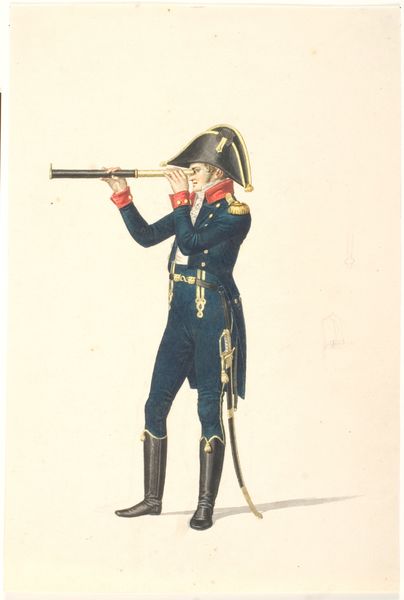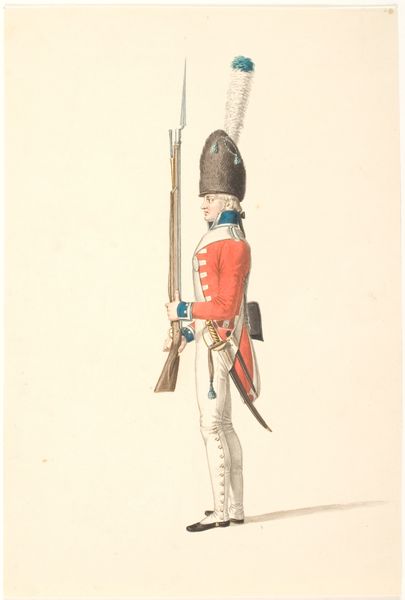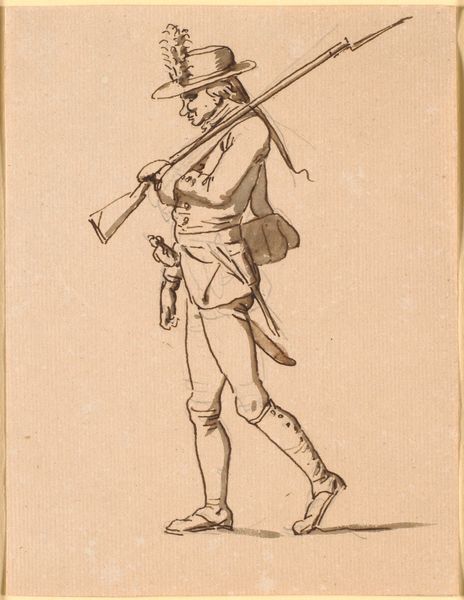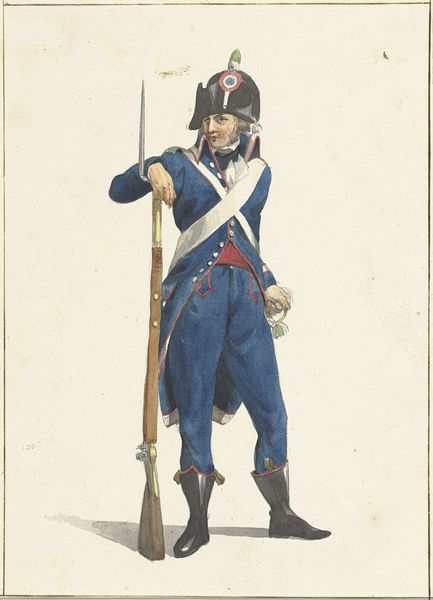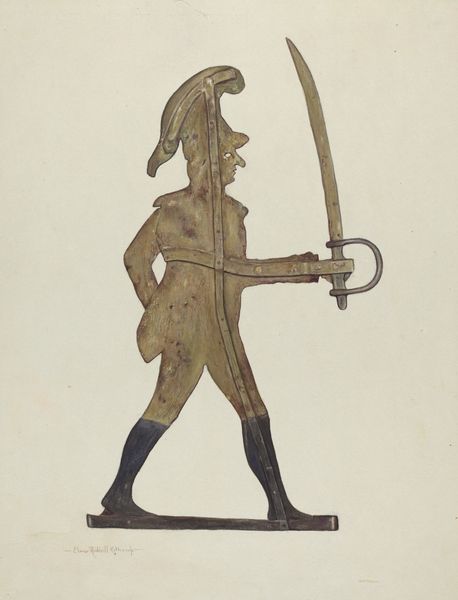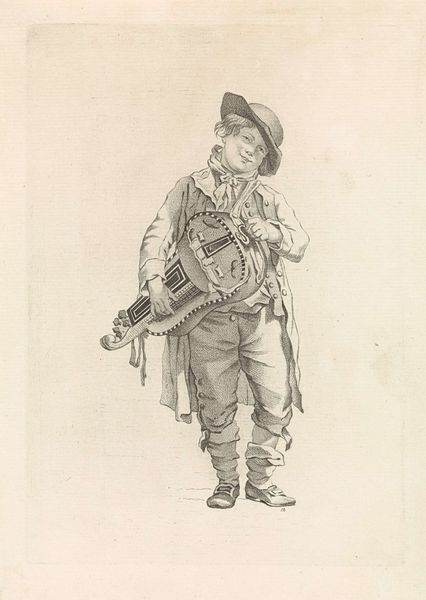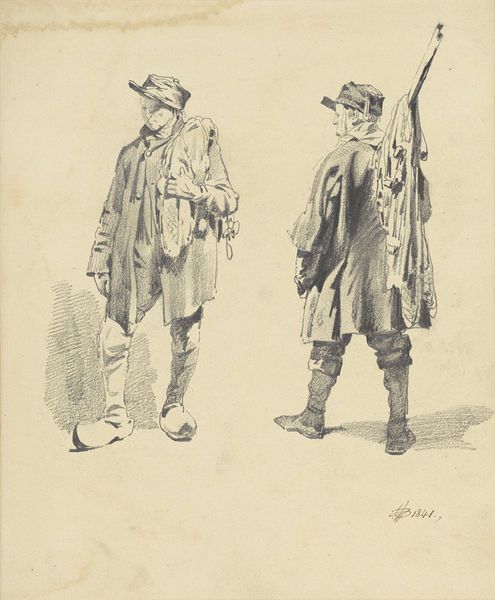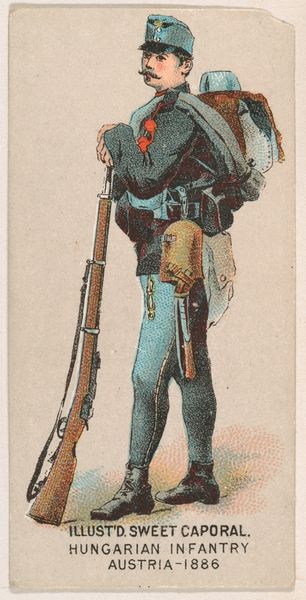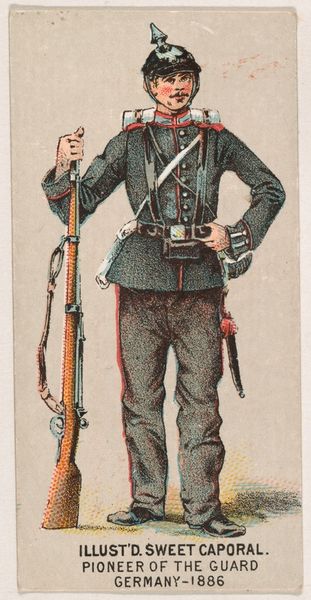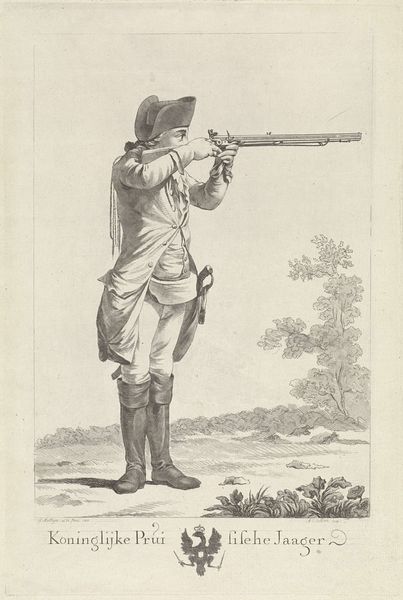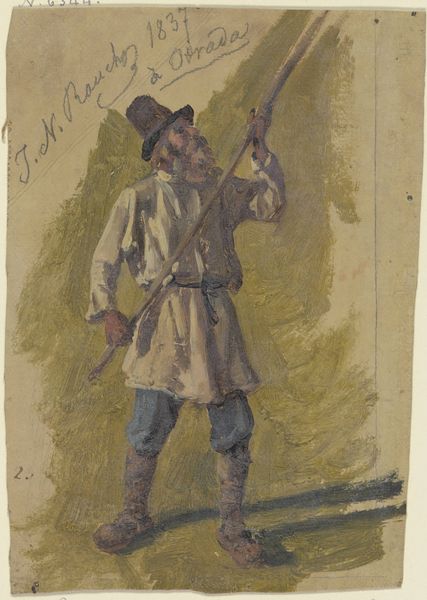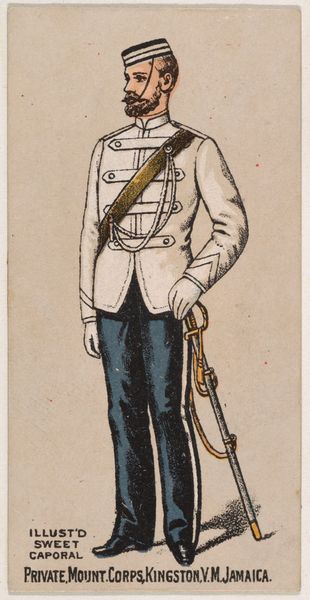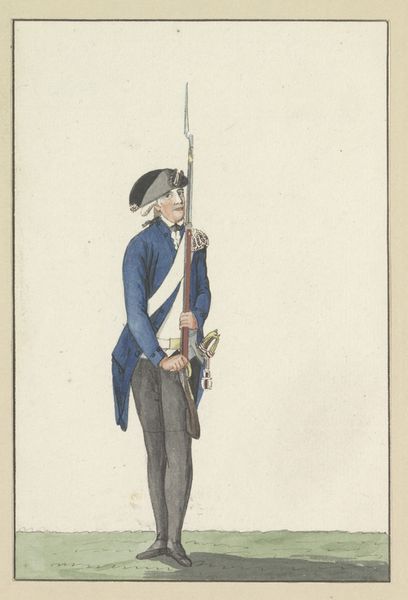
drawing, metal, wood
#
drawing
#
metal
#
sculpture
#
wood
Dimensions: length 32 cm, length 17.4 cm, diameter 28 mm
Copyright: Rijks Museum: Open Domain
Curator: Before us, we see a flintlock pistol with a flared muzzle from around 1782 to 1810. It’s constructed from wood and metal, an object of considerable weight and consequence. What's your initial take on this particular item? Editor: The craftsmanship is striking; you can see it in the curves of the wood and the way the metal fittings are integrated. But it also makes me a little uneasy. It's hard to look at a weapon and not think about its purpose and history. What do you see when you look at this piece? Curator: Precisely. Its craftsmanship is a testament to a certain kind of power. These weapons facilitated colonization, subjugation, and the enforcement of unequal power dynamics. Can we separate the aesthetic of an object like this from its historical implications? Does beauty mitigate violence, or does it mask it? Editor: That's a really interesting question. I hadn't considered how easily beauty can be used to obscure the more difficult parts of history. Do you think this kind of weapon would have been widespread or only available to the upper class? Curator: Access to firearms like this was undoubtedly stratified, reflective of broader socio-economic inequalities of the time. For the colonizers, these weapons were essential tools for territorial control. Thinking about who wielded such power and against whom, in whose hands did firearms amplify oppression, and whose resistance did they suppress? Editor: So, when we appreciate the craftsmanship, we should also reflect on the cost – both human and ethical – that was involved in making and using this kind of object. Curator: Absolutely. We must approach art and historical artifacts with a critical lens, acknowledging that even objects of beauty can carry the weight of complex and often troubling histories. Editor: It's changed my perception of how historical items should be presented, and hopefully encourages visitors to engage with it in a similar vein. Curator: Indeed, to approach art, especially objects like these, as conduits for critical engagement with power, oppression, and the legacies that shape our present is a key function in our modern interpretation of art.
Comments
No comments
Be the first to comment and join the conversation on the ultimate creative platform.
